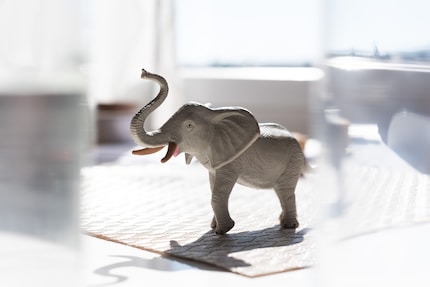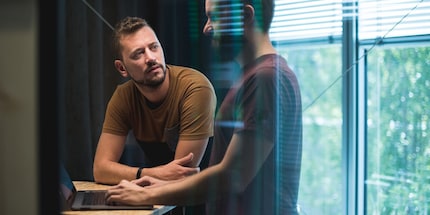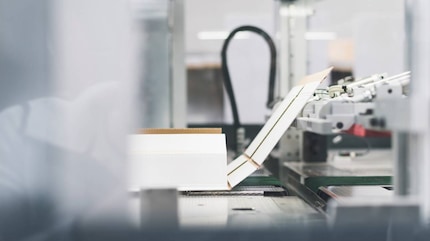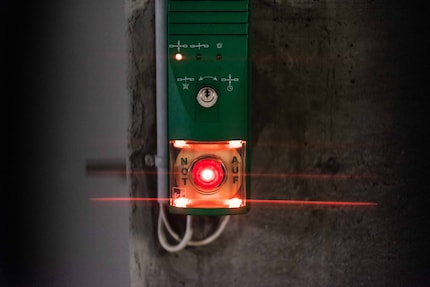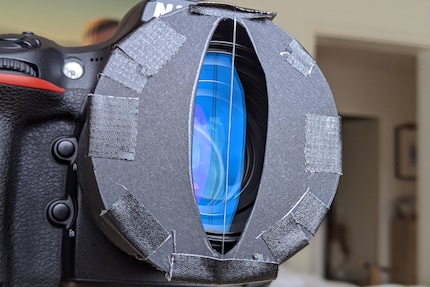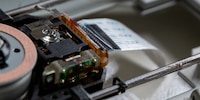
Guide
Do it yourself: Macro lens for your smartphone
by David Lee

Objects in front of the lens: What is normally nothing more than an image disturbance can also be used to great effect.
In our photo tip series, Thomas Kunz and I have a clear division of labour: he takes the photos, I write the text. Everyone does what they do best. This works well as long as Tom's ideas inspire me. Which fortunately is usually the case. But not always.
Last week, Tom presented a collection of image effects that he summarised under the name "Lens hacks". The idea was to hold different objects in front of the lens to create different effects.
Effect number one: Tom cut open the bottom of a clear plastic bag, wrapped it around the lens and then pushed parts of it in front of the lens.
The second effect: light effects created by the lower part of a wine glass.
Next idea: Take a photo through a black roll. A blackroll is a foam roller for fitness massage.
Continue with a slotted spoon. The meaning remains hidden behind the black dots. Or even further back. [[image:35362949]]
Somewhat perplexed, I scratch my head. It reminds me unpleasantly of the "Lensbaby Omni Filter", which Livia had actually tested, but which I also had to try out briefly.
In order to gain something positive from the ideas, I have to question my own attitude.
Of course, these image effects have to have a certain appeal. And it should be easier to create them with the camera than afterwards in Photoshop.
The effect with the ladle is definitely out. Tom didn't think it was that cool: "You can do it, but you don't have to. Maybe you shouldn't either."
Transparent objects with reflections have potential. Here, Tom places a glass on the right and left edge of the picture. The glass on the left is filled with water, the one on the right is empty. The direction of light is important. Contrary to the usual rule, backlighting is an advantage here.
The effect is more than just a disruption: it draws the eye to the main subject and enhances the depth effect. Tom also uses it for real photo assignments. But then not with water glasses, but with glass doors in offices or existing Plexiglas covers.
Director JJ Abrams is known for his light beam effects: Backlight sources in dark environments produce beams.
What does this have to do with objects in front of the lens? It's simple: this effect can be imitated with a nylon thread stretched in front of the lens. Tom was keen to try it out. Result: it works.
The thread disperses the incident light. A vertical thread creates a horizontal beam of light. Because it is so close to the lens, it becomes invisible. An open aperture is recommended.
Tom makes an attachment for his 50mm lens from a piece of black paper and black adhesive tape. The shape of the cat's eye simply has the effect of darkening the side edges. The effect would also occur without this cover.
However, the effect works better in moving images. It is no coincidence that it is mainly seen in films. These rays are constantly changing. In a film or video, they are therefore also noticeable if they are not completely exaggerated.
On a whim, I pressed the record button during a projector demonstration. The effect lives from the movement. A photo, no matter how good, would not have the same effect.
That's why I urge Tom to record a few videos too. And that, I think, really makes a difference.
In the meantime, I also like Tom's initial ideas better. Sometimes I need a bit of time to get used to something. What do you think of that?
My interest in IT and writing landed me in tech journalism early on (2000). I want to know how we can use technology without being used. Outside of the office, I’m a keen musician who makes up for lacking talent with excessive enthusiasm.
Practical solutions for everyday problems with technology, household hacks and much more.
Show all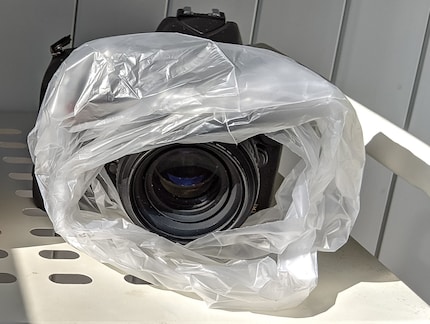
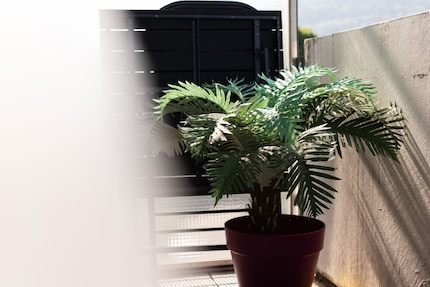
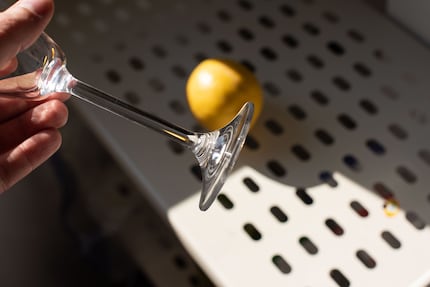
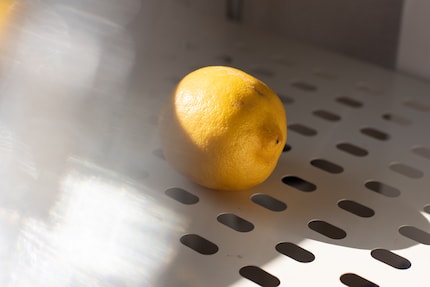
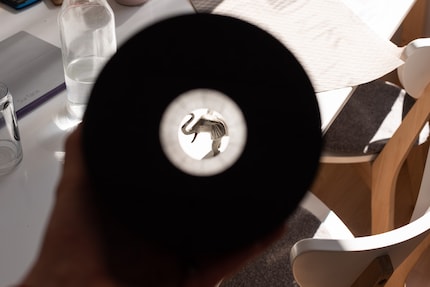
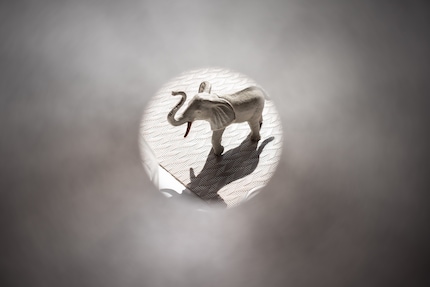
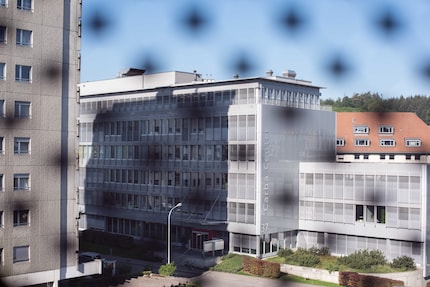
I'm a typical amateur photographer: I'm proud when I've managed to take a photo with perfect craftsmanship, for example when it's one hundred per cent in focus in the desired places. For a professional like Tom, on the other hand, this is not something to strive for, but something to take for granted. In the age of eye autofocus and object recognition, technically perfect images hardly stand out any more. Technical perfection is merely the starting point from which a photographer can go further. This gives artificial image distortions such as lens flares or "distracting objects" held in front of the lens a new appeal.
